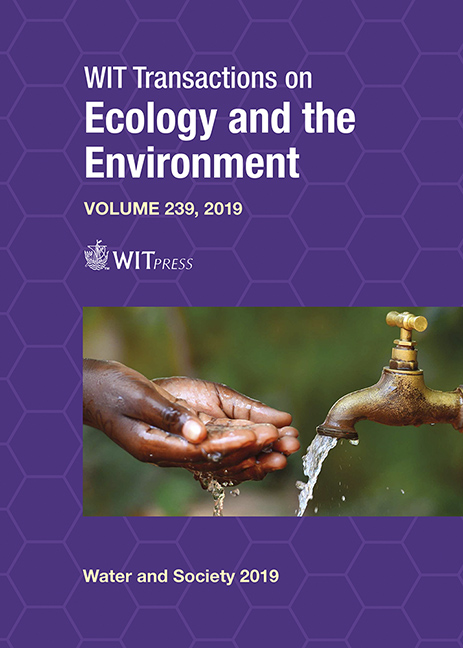ANAEROBIC TREATMENT OF SLAUGHTERHOUSE WASTEWATER: EVALUATING OPERATING CONDITIONS
Price
Free (open access)
Transaction
Volume
239
Pages
12
Page Range
251 - 262
Published
2019
Paper DOI
10.2495/WS190221
Copyright
WIT Press
Author(s)
MARTHA NORO CHOLLOM, SUDESH RATHILAL, FEROZ M. SWALAHA, BABATUNDE F. BAKARE, EMMANUEL K. TETTEH
Abstract
The aim of the study was to elucidate the effect of process parameters on the performance of an upflow anaerobic sludge blanket reactor (UASB) that was treating slaughterhouse wastewater. The UASB reactor was operated continuously under mesophilic conditions to evaluate its performance with respect to the removal of organics and, at the same time, monitor biogas production. Organic loading rate (OLR) was varied while keeping the hydraulic retention time (HRT) constant. Chemical oxygen demand (COD) removal efficiency higher than 75% was achieved at an OLR of 9 kg.COD.m-3.d-1, with a HRT of 12 h. Bulking sludge problems were not observed during the reactor operation period. Stability of the treatment process was achieved by the natural buffering of the system due to the produced alkalinity and also due to the characteristics of the wastewaters which was found to be rich in proteins and fatty acids.
Keywords
anaerobic digestion, hydraulic retention time, organic loading rate, chemical oxygen demand, slaughterhouse wastewaters, biogas.





